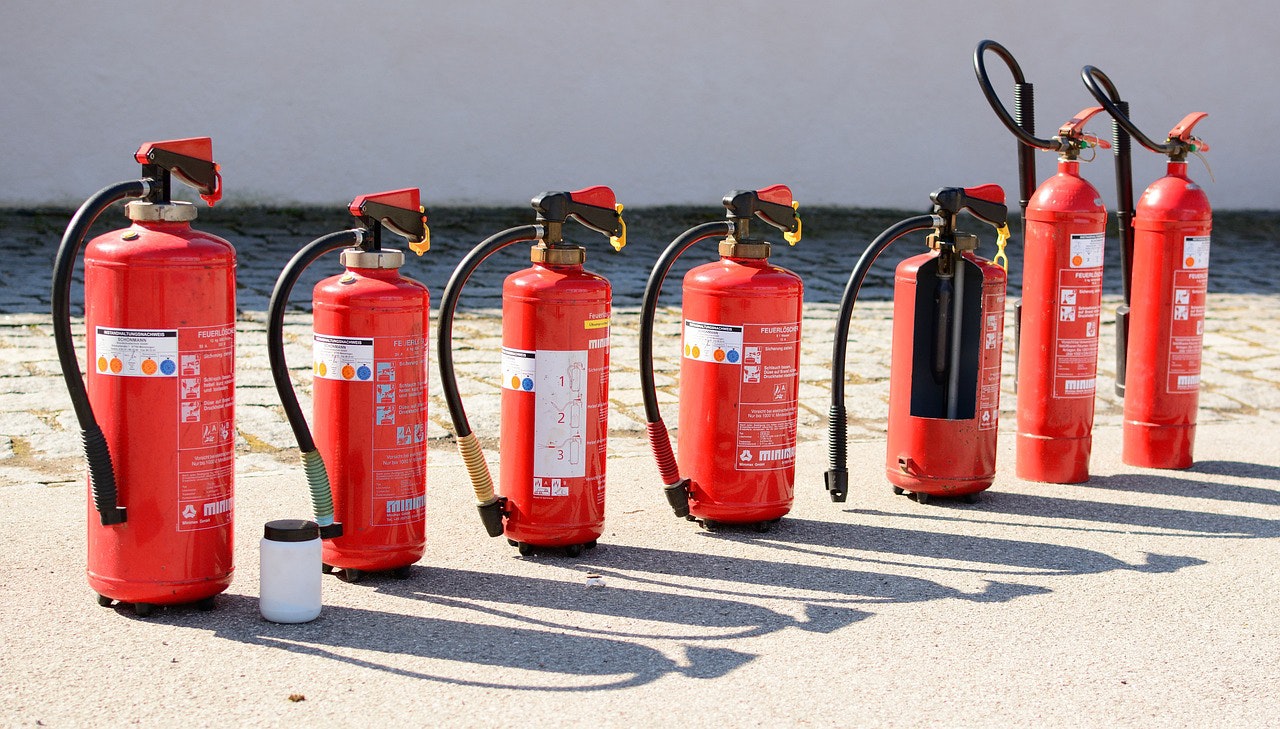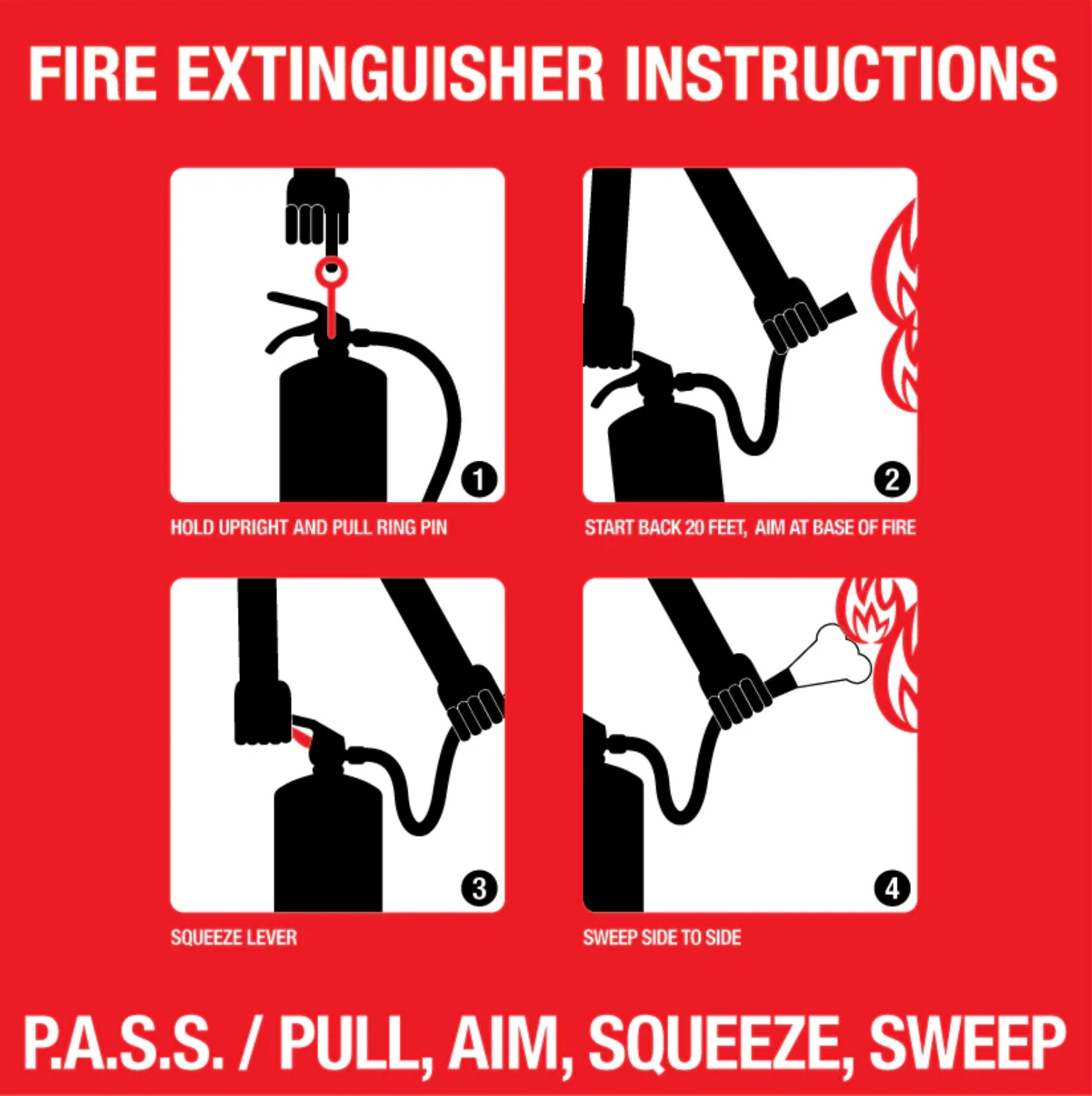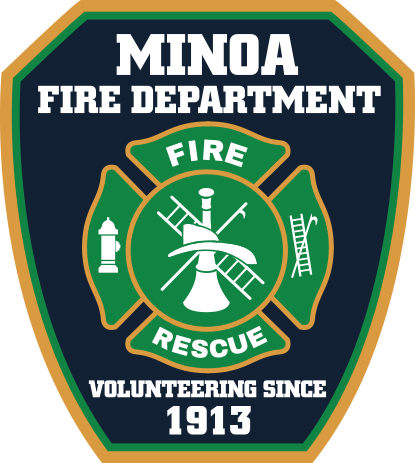Fire Extinguisher Safety

When in doubt, get out.
Fire extinguishers are only for small, early-stage fires—like a pan on the stove or a wastebasket. For anything bigger, call 911, and get out right away.
When to Use One
Only use a fire extinguisher if:
- You’ve warned others and called 911.
- You’re physically able to use it.
- The fire is small and contained.
- You’re safe from smoke.
- You have a clear way out.
If not, leave immediately. Children should not use extinguishers.

How to Use One
PASS
- Pull the pin.
- Aim at the base of the fire.
- Squeeze the lever.
- Sweep side to side.
Tips
- Keep an extinguisher near an exit.
- Pick a tested, multi-purpose one you can handle.
- Learn how it works before you need it.
- If smoke fills the room, leave at once.
Check Regularly
- Make sure it’s easy to reach.
- Check the pressure gauge.
- Inspect for damage or rust.
- Keep it clean. Follow the care instructions (shaking or testing as required).
